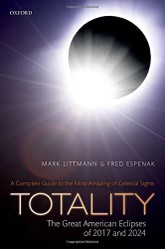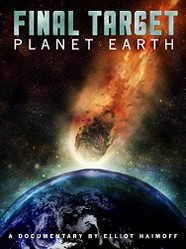Evidence of Meteorites can easily be found in a variety of places. Meteors strike the Earth regularly and finding evidence of such strikes can be rewarding. So, what should we look for as such evidence? Certainly, large impact craters are not likely to have gone unnoticed by others. Yes, there are some, and visiting them can be rewarding in itself, but is pale in comparison with personally finding evidence of a meteorite.
Before we get to the search for evidence, we should know what a meteorite is. In outer space we have asteroids and comets. When one of these bodies enters the Earth’s atmosphere it becomes a meteor. Once it is on the ground it becomes a meteorite.












 Multivariable Calculus: Gradient, Divergence, and Curl16 days ago
Multivariable Calculus: Gradient, Divergence, and Curl16 days ago
 UAPs, Formerly UFOs, If They Are Real How Can We Explain Their Arrival to Earth?17 days ago
UAPs, Formerly UFOs, If They Are Real How Can We Explain Their Arrival to Earth?17 days ago
 Polar Coordinate System18 days ago
Polar Coordinate System18 days ago
 Aurora Can Disrupt Electrical Devices And Even the Grid?20 days ago
Aurora Can Disrupt Electrical Devices And Even the Grid?20 days ago



Comments
I tried without wrapping the magnet. I was not successful. But, one story is that it was a hobby of Einstein. If it is spherical that is evidence it melted in the atmosphere, and re-solidified.
blackspanielgallery, Thank you for the backstories, practicalities and products. Have you tried the magnet and rainwater methods of searching for micrometeorites?
This is fairly new information, I just learned of it in the last year. I believe the icy is the farthest out. They both are in the region between Mars and Jupiter. They are being studied as craft pass through the region to the outer planets.
I was unaware that the asteroids formed a double belt.